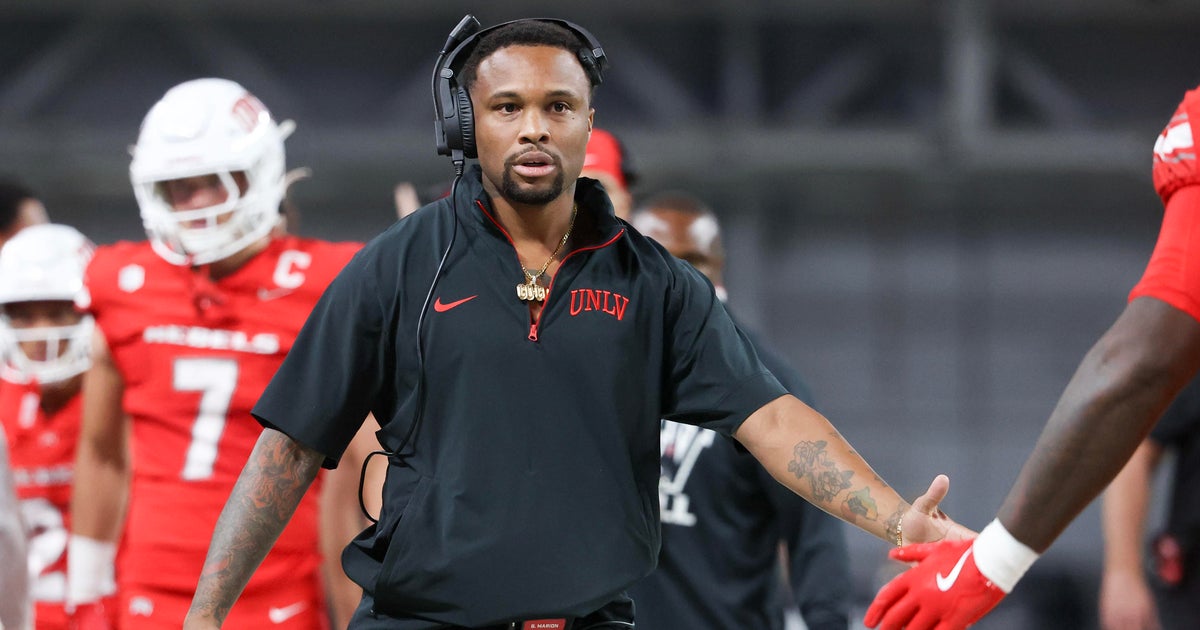Unemployment Rises To 9.2 Percent As Hiring Stalls
WASHINGTON (AP) -- Hiring slowed to a near-standstill last month. Employers added the fewest jobs in nine months and the unemployment rate rose to 9.2 percent.
The economy generated only 18,000 net jobs in June, the Labor Department said Friday. And the number of jobs added in May was revised down to 25,000.
The latest report offered stark evidence that the recovery will be painfully slow. Businesses added the fewest jobs in more than a year. Governments cut 39,000 jobs. Over the past eight months, federal, state and local governments have cut a combined 238,000 positions.
Two years after the recession officially ended, companies are adding fewer workers despite record cash stockpiles and healthy profit margins.
Hiring has slowed sharply in the past two months, after the economy added an average of 215,000 jobs per month in the previous three months.
The economy typically needs to add 125,000 jobs per month just to keep up with population growth. And at least twice that many jobs are needed to bring down the unemployment rate.
Economists have said that temporary factors have, in part, forced some employers to pull back. High gas prices have cut into consumer spending. And supply-chain disruptions stemming from the Japan crisis slowed U.S. manufacturing production.
In June, hiring was weak in most sectors: Manufacturers added only 6,000 jobs; Education and health care, which added jobs through the recession, was flat; and professional and business services, which include accounting, legal and engineering jobs, grew by only 12,000.
Construction and financial services cut jobs.
The weak economy and slow hiring is causing more people to simply give up looking for work. More than a quarter-million people stopped their job searches in June. That kept the unemployment rate from rising even further. When laid-off workers stop looking for work, they are no longer counted as unemployed.
Including discouraged workers and those working part time, but who would prefer full-time work, the "under-employment" rate jumped from 15.8 percent to 16.2 percent.
Unemployment has topped 8 percent for 29 months, the longest streak since the 1930s. It has never been so high so long after a recession ended. At the same point after the previous three recessions, unemployment averaged just 6.8 percent.
And those who do have jobs are earning less. Average hourly wages declined last month. After-tax incomes, adjusted for inflation, have been flat this year.
The average work week declined to 34.3 hours, from 34.4, which means employers demanded less work from their existing staffs. Usually companies demand more hours from their existing staffs when they are preparing to hire more workers.
Temporary employment fell 12,000. Businesses generally hire more temporary workers before taking on permanent ones.
The number of unemployed workers rose almost 175,000 to 14.1 million, pushing up the unemployment rate.
There are signs that economy could improve in the second half of the year. Gas prices have come down since peaking in early May at a national average of nearly $4 per gallon. Prices averaged $3.59 a gallon nationwide on Friday, according to AAA.
And manufacturing activity expanded in June at a faster pace than the previous month, according to the Institute for Supply Management. That suggests the parts shortage caused by the March 11 earthquake in Japan is beginning to abate.
The government said last month that the economy grew only 1.9 percent in the January-March quarter. Analysts are expecting similarly weak growth in April-June quarter.
The economy will grow at a 3.2 percent pace in final six months of the year, according to an Associated Press survey of 38 economists.
Still, growth must be stronger to significantly lower the unemployment rate. The economy would need to grow 5 percent for a whole year to significantly bring down the unemployment rate. Economic growth of just 3 percent a year would hold the unemployment steady and keep up with population growth.
(Copyright 2011 by The Associated Press. All Rights Reserved.)



